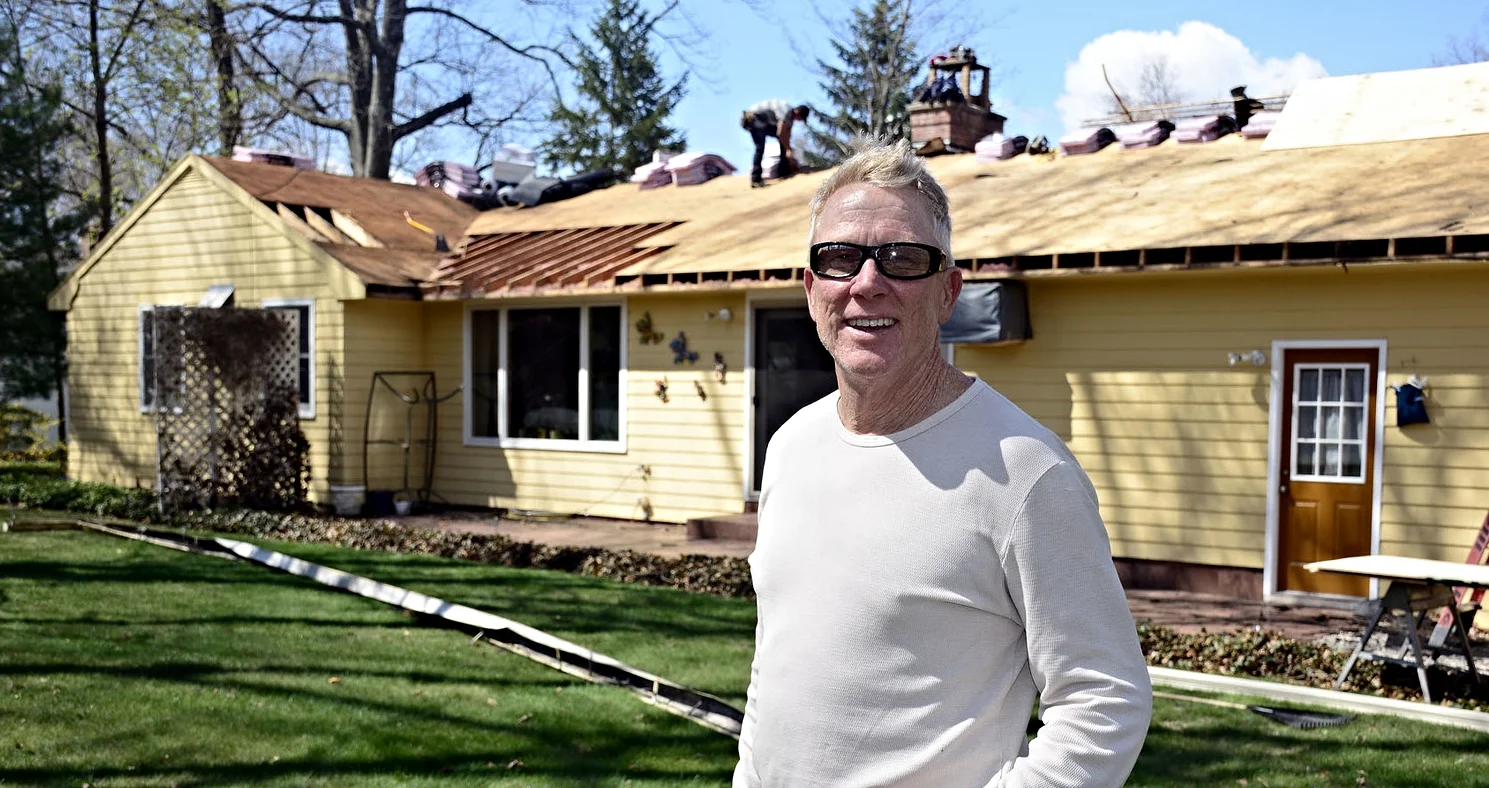Insulation tops the list for most lucrative remodeling project
Chelsea O'Donnell
Every year Remodeling magazine puts out a Cost versus Value Report, which analyzes the average cost for 30 of the most popular home remodeling projects and compares it to the value those projects retain at resale. Year after year, the results are similar, but in 2016 a new leader rose to the top, and I’m excited to say it’s one that I have been advocating for years.
For the first time ever, Remodeling added fiberglass insulation to the list, which took the top prize, netting an average nationwide value of $1,482 for an average nationwide cost of $1,268. It’s the only remodeling project on the list where the value actually exceeded the cost! What’s even better is that in Hartford County, our chilly winters made the value of this project even more lucrative. Locally, the cost of an insulation install averaged $1,310, but netted an average of $2,125 in resale value. That’s a 162.2% return on investment.
So why is insulation so good? Simply put, it acts as a barrier against heat flow, helping to keep the warm air inside the house by slowing the flow and stopping the heat from getting outside. So while it may not have the cosmetic appeal of a new entry door or a beautiful stone walkway, what it lacks in looks, it more than makes up for in energy efficiency.
I spend a lot of my time in attics and I can safely say that 75% of homes in our city are not properly insulated. This rings especially true for older homes. The United States Environment Protection Agency says that with proper insulation, the average home in our area can save approximately 16 percent in total heating and cooling costs. For older homes, that number skyrockets to nearly 50 percent.
So how do you know if you need insulation? Insulation is measured by its R-Value, and the higher the R-Value, the better the thermal performance of the insulation. There are eight climate zones in the United States, and according to Energy Star, Connecticut sits in Zone 5, which means the recommended R-Value of insulation for us is between R-49 to R-60 for an uninsulated attic, or between R-38 to R-49 for an attic that already has three to four inches of existing insulation. If you’re wondering how your home stacks up, take advantage of a free inspection from a home improvement professional to find out.
With regards to the installation process, it is actually fairly simple and involves blowing loosefill fiberglass insulation on top of existing insulation until the correct thickness and R-Value are achieved. The good news is it can be done in less than a day.
If you’re thinking about ways to spruce up your home that will offer real value at resale, you can’t go past insulation for its cost-effectiveness, comfort quality and ease of installation. But don’t take my word for it. To read the Cost versus Value Report for 2016 in its entirety, visit remodeling.hw.net or pick up Remodeling Magazine at your local newsagent.
